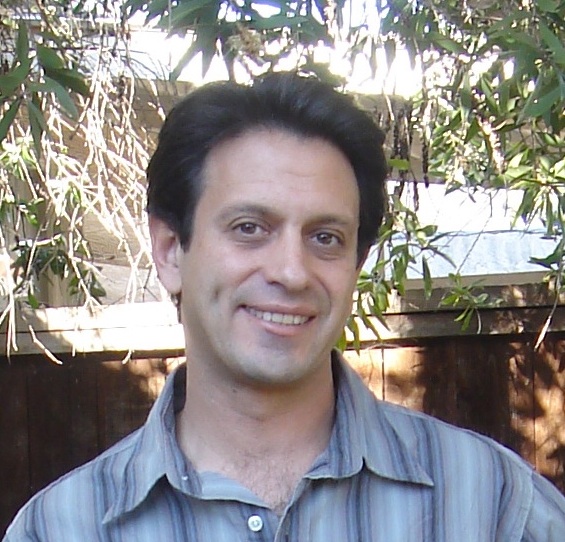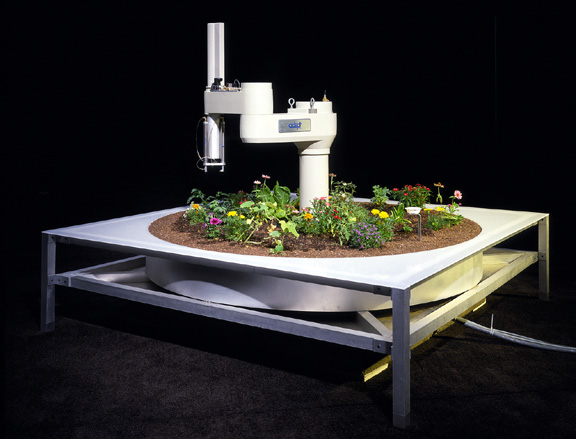Associate Professor, Communication Dept., UC San Diego
Home page
 Brian Goldfarb is a digital media artist, curator, and Associate Professor of Communication at the University of California, San Diego. His research and visual media production focuses on media studies and contemporary visual and digital culture. His book, Visual Pedagogy: Media Cultures in and beyond the Classroom, (Duke University Press, 2002), considers how media technologies were used in the second half of the 20th century to advance a model of pedagogy across the arts, education, and postcolonial politics in the United States and globally. Goldfarb’s digital art projects have been exhibited internationally, and on the Web. His Ocular Convergence, an interactive, fictional, and critical examination of digital prosthetics for enhancing vision, has been exhibited in museums throughout the US , Mexico City, Calgary, Paris and Johannesburg. Goldfarb was education curator at the New Museum of Contemporary Art in NYC from 1994-7, where he organized “alt.youth.media” (Fall 1996), an exhibition of computer art, video, and popular print media (zines) by and for youth.
Brian Goldfarb is a digital media artist, curator, and Associate Professor of Communication at the University of California, San Diego. His research and visual media production focuses on media studies and contemporary visual and digital culture. His book, Visual Pedagogy: Media Cultures in and beyond the Classroom, (Duke University Press, 2002), considers how media technologies were used in the second half of the 20th century to advance a model of pedagogy across the arts, education, and postcolonial politics in the United States and globally. Goldfarb’s digital art projects have been exhibited internationally, and on the Web. His Ocular Convergence, an interactive, fictional, and critical examination of digital prosthetics for enhancing vision, has been exhibited in museums throughout the US , Mexico City, Calgary, Paris and Johannesburg. Goldfarb was education curator at the New Museum of Contemporary Art in NYC from 1994-7, where he organized “alt.youth.media” (Fall 1996), an exhibition of computer art, video, and popular print media (zines) by and for youth.
Goldfarb’s current projects include Global Tourette, a digital documentary and media exchange project that engages cultural and professional responses to Tourette Syndrome in the US, Argentina, Mexico, Germany and other contexts internationally. He is also working on Sense Ability: Fragments on Media Pedagogy, Digital Prosthetics and Assistive Technology explores the roles of visual culture and technology in shaping the concept of [dis]ability and in the development of techniques for assessing and supporting disabilities relating to the senses and communication. Sense Ability considers the role of visual culture, and these technologies in particular, in the emergence of sensory disability as a concept, and in the development of techniques for aiding and augmenting physical and sensory abilities since the late 19th century.
Links: Home page | Global Tourette
Quote:
Subjects “come to know” in institutional settings that rely increasingly on media forms to produce knowledge. As the twentieth century progressed, media became an integral part of any discussion about the “how” questions in education. How do we teach? Certainly with media. How do media function? Certainly as modes of pedagogy. Throughout the globalization of the second half of the twentieth century, media technology made a firm union with the science of pedagogy firmly applied, and this union has come to symbolize technological life in the industrialized nations of late capitalism.
— From Visual Pedagogy: Media Cultures in and beyond the Classroom (Duke U Press, 2002)

